Hailed as the "Temples of Resurgent India" by Pandit Jawaharlal Nehru, the country's dams help provide water and electricity to millions citizens. We look at some of the biggest ones.
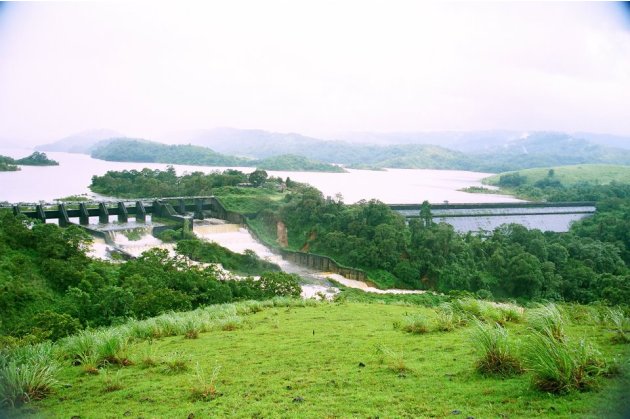
Kerala Government has long been demanding construction of a new dam in Mullaperiyar on the Kerala-Tamil Nadu border. Many believe that the existing 116-year-old dam could pose safety hazard.
While the matter rests with the apex court, we look at some of India’s biggest and most famous dams, hailed by Pandit Jawaharlal Nehru as ‘The Temples of a Resurgent India’.
Click on Next to view more breathtaking images
{Photo by Bipinkdas at ml.wikipedia [CC-BY-SA-3.0 (http://creativecommons.org/licenses/by-sa/3.0)], via Wikimedia Commons}
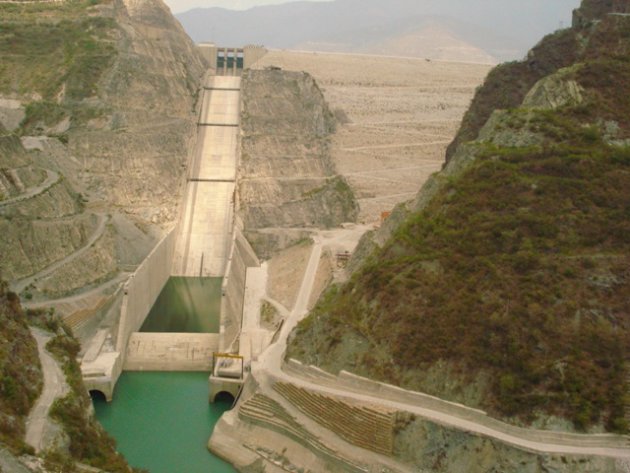
The Tehri Dam is a multi-purpose rock and earth-fill embankment dam on the Bhagirathi River near Tehri in Uttarakhand, India. It is the primary dam of the Tehri Hydro Development Corporation Ltd. and the Tehri hydroelectric complex. The dam is a 260 metres (850 ft) high rock and earth-fill embankment dam. Its length is 575 metres (1,886 ft), crest width 20 metres (66 ft), and base width 1,128 metres (3,701 ft). [Photo: By Arvind Iyer from Mumbai [CC-BY-SA-2.0 (http://creativecommons.org/licenses/by-sa/2.0)], via Wikimedia Commons}
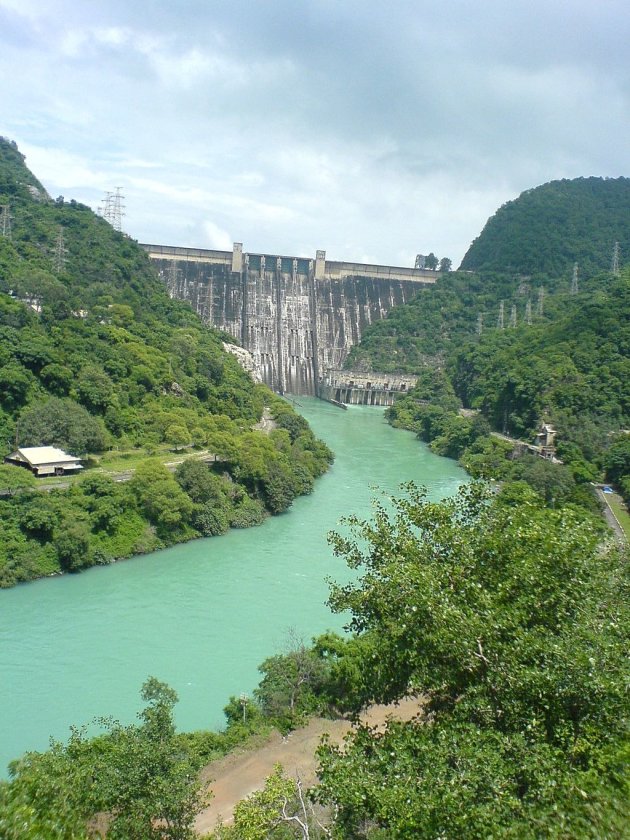
Bhakra Dam is a concrete gravity dam across the Sutlej River, and is near the border between Punjab and Himachal Pradesh in northern India. The dam, located at a gorge near the (now submerged) upstream Bhakra village in Bilaspur district of Himachal Pradesh, is Asia's second highest at 225.55 m (740 ft) high next to the 261m Tehri Dam. The length of the dam (measured from the road above it) is 518.25 m; it is 9.1 m broad. Its reservoir, known as the "Gobind Sagar", stores up to 9.34 billion cubic meters of water, enough to drain the whole of Chandigarh, parts of Haryana, Punjab and Delhi.The 90 km long reservoir created by the Bhakra Dam is spread over an area of 168.35 km2. In terms of storage of water, it withholds the second largest reservoir in India, the first being Indira Sagar dam in Madhya Pradesh with capacity of 12.22 billion cu m.Nangal dam is another dam downstream of Bhakra dam. [Photo by KawalSingh at en.wikipedia (Transferred from en.wikipedia - Public domain from Wikimedia Commons]

Hirakud Dam is built across the Mahanadi River, about 15 km from Sambalpur in the state of Orissa in India. Built in 1957, the dam is one of the world's longest earthen dam. Hirakud Dam is the longest man-made dam in the world, about 16 mi (26 km) in length. It is one of the first major multipurpose river valley project started after India's independence. [Photo by Quarterbacker (Own work) [CC-BY-3.0 (http://creativecommons.org/licenses/by/3.0)], via Wikimedia Commons]
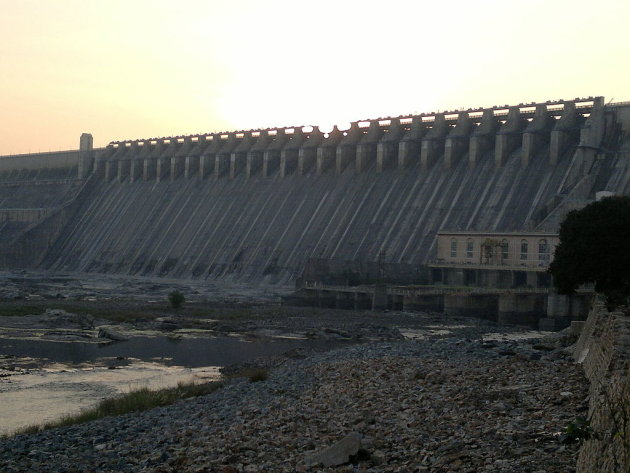
Nagarjuna Sagar Dam is the world's largest masonry dam built across Krishna River in Nagarjuna Sagar, Nalgonda District of Andhra Pradesh, India, between 1955 and 1967. The dam contains the Nagarjuna Sagar reservoir with a capacity of up to 11,472 million cubic metres. The dam is 490 ft (150 m). tall and 1.6 km long with 26 gates which are 42 ft (13 m). wide and 45 ft (14 m). tall. Nagarjuna Sagar was the earliest in the series of large infrastructure projects initiated for the Green Revolution in India; it also is one of the earliest multi-purpose irrigation and hydro-electric projects in India.
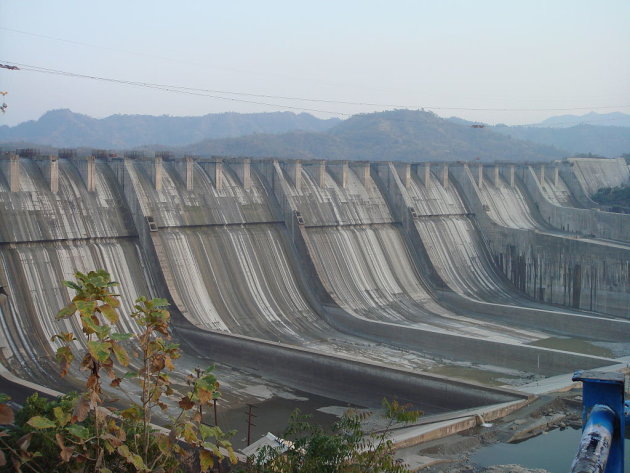
The Sardar Sarovar Dam is a gravity dam on the Narmada River near Navagam, Gujarat, India. It is the largest dam and part of the Narmada Valley Project, a large hydraulic engineering project involving the construction of a series of large irrigation and hydroelectric multi-purpose dams on the Narmada River. The project took form in 1979 as part of a development scheme to increase irrigation and produce hydroelectricity. It is the 30th largest dams planned on river Narmada, Sardar Sarovar Dam (SSD) is the largest structure to be built. It has a proposed final height of 163 m (535 ft) from foundation. The dam is one of India's most controversial dam projects and its environmental impact and net costs and benefits are widely debated. The World Bank was initially a funder of the SSD, but withdrew in 1994. The Narmada Dam has been the centre of controversy and protest since the late 1980s. [Photo by AceFighter19 (Own work) [Public domain], via Wikimedia Commons]
The Indirasagar Dam is a multipurpose key project of Madhya Pradesh on the Narmada River at Narmadanagar in the Khandwa district of Madhya Pradesh in India. The Project envisages construction of a 92 m high and 653 m long concrete gravity dam. It provides Irrigation in 1,230 square kilometres of land with annual production of 2700 million units in the districts of Khandwa and Khargone in Madhya Pradesh and power generation of 1000 MW installed capacity (8x125). The reservoir of 12,200,000,000 m3 (9,890,701 acre•ft) was created.

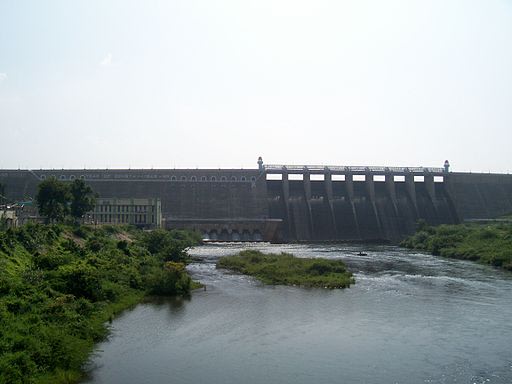
The Bhavanisagar Dam and Reservoir, also called Lower Bhavani Dam, is located on the Bhavani River between Mettupalayam and Sathyamangalam in Erode District, Tamil Nadu, South India. The dam is situated around 16 km (9.9 mi) west to Satyamangalam and 35 km (22 mi) from Gobichettipalayam, 36 km (22 mi) north-east to Mettuppalayam and 70 km (43 mi) from Erode and 75 km (47 mi) from Coimbatore.
The dam is considered to be among the biggest earthen dams in the country. Bhavani Sagar dam is constructed on Bhavani River, which is merely under the union of Moyar River. The dam is used to divert water to the Lower Bhavani Project Canal.
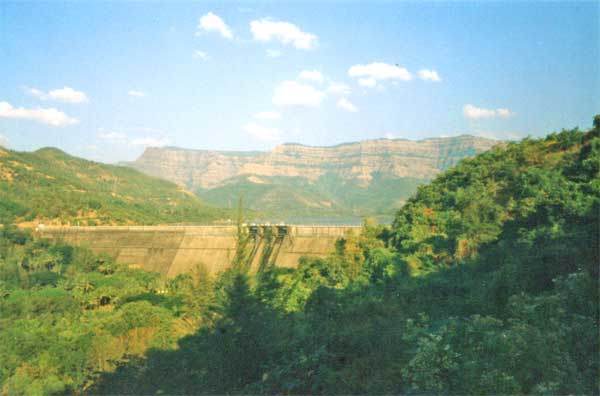
The Koyna Hydroelectric Project is the largest completed hydroelectric power plant of India It is a complex project consisting of total four dams with the largest Dam built on Koyna River known as Koyna Dam hence the name Koyna Hydroelectric project. The total Installed capacity of the project is 1,920 MW. The project consists of 4 stages of power generation. Due to the project's electricity generating potential the Koyna River is considered as the life line of Maharashtra.
No comments:
Post a Comment